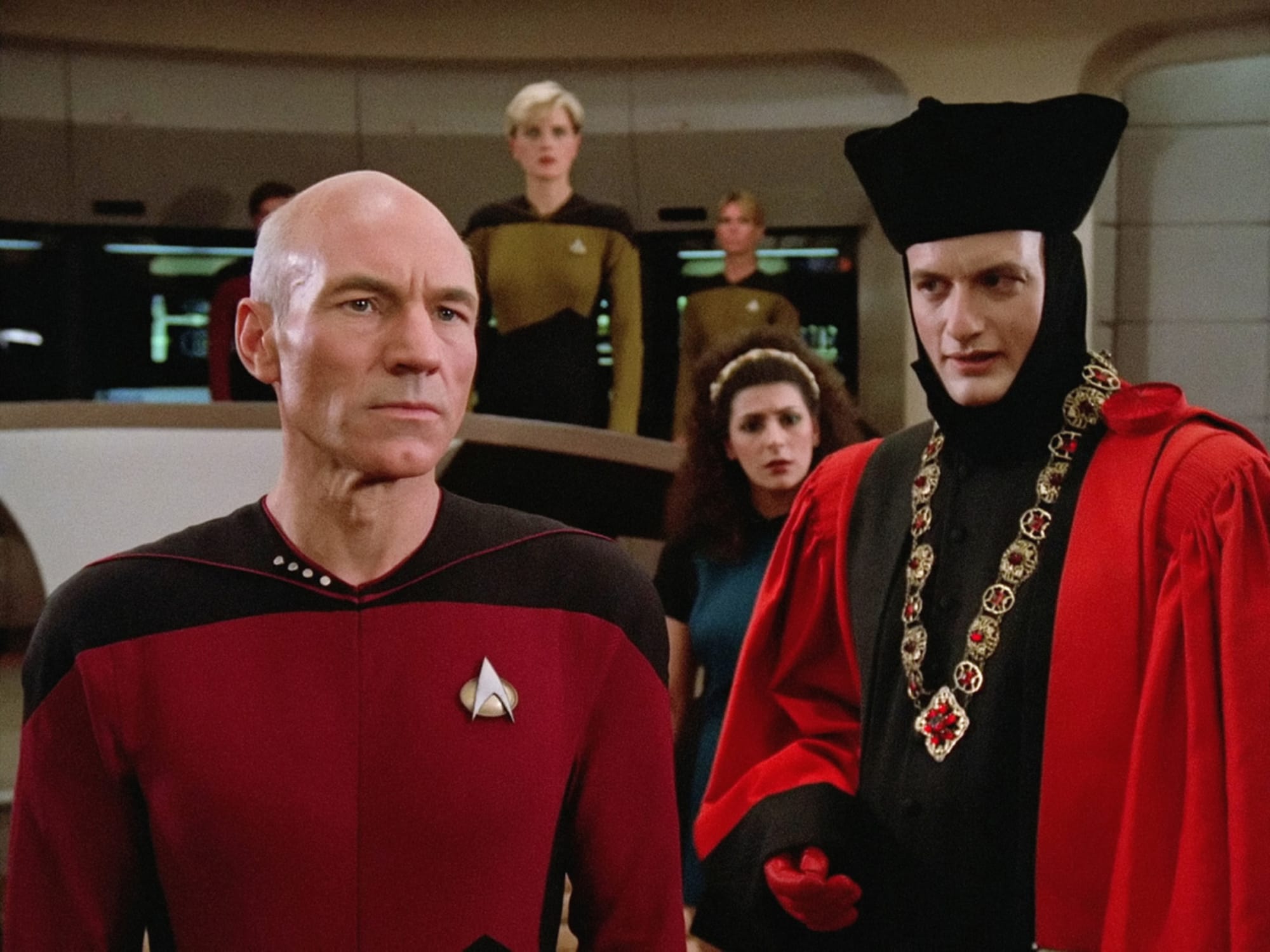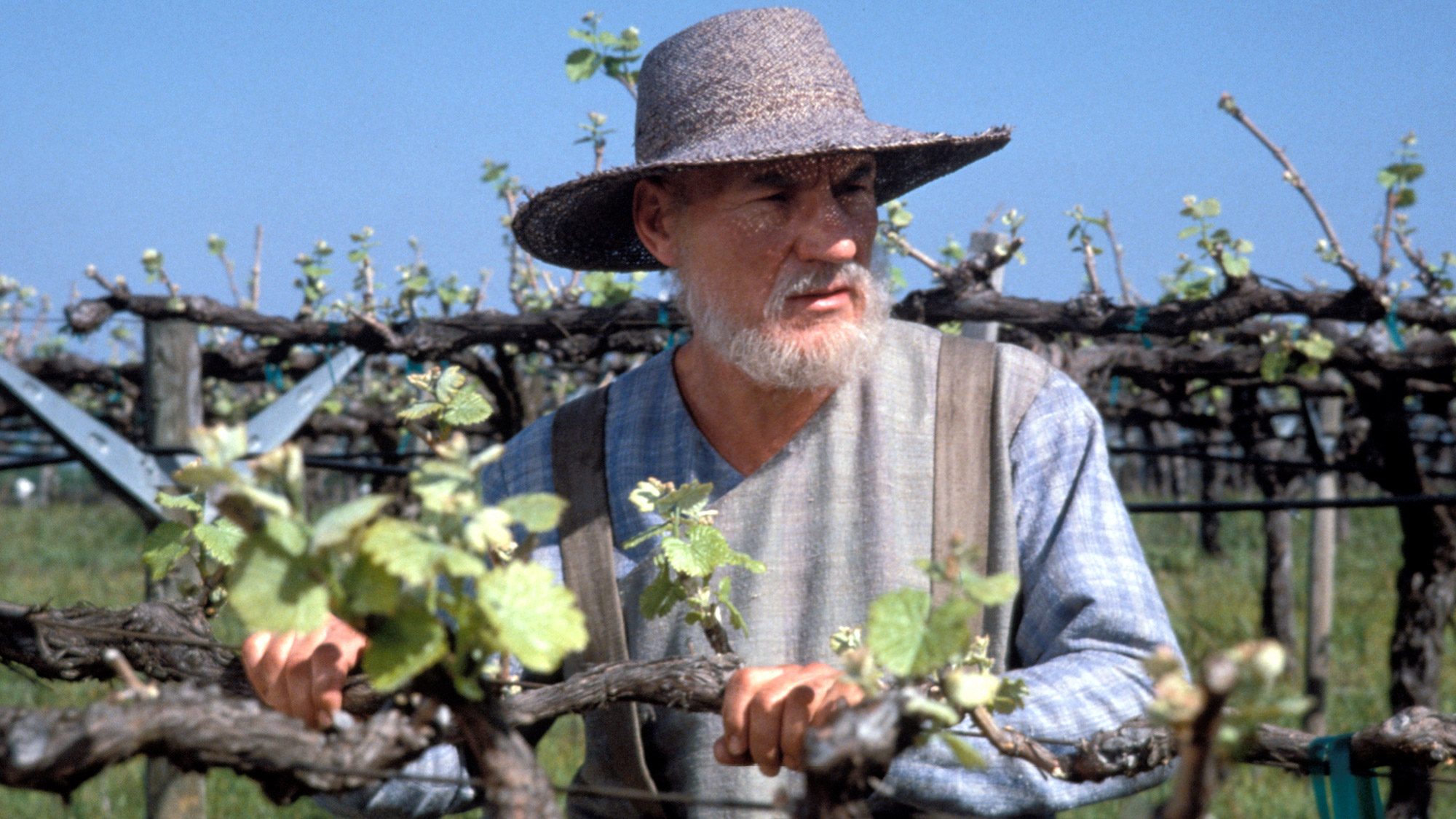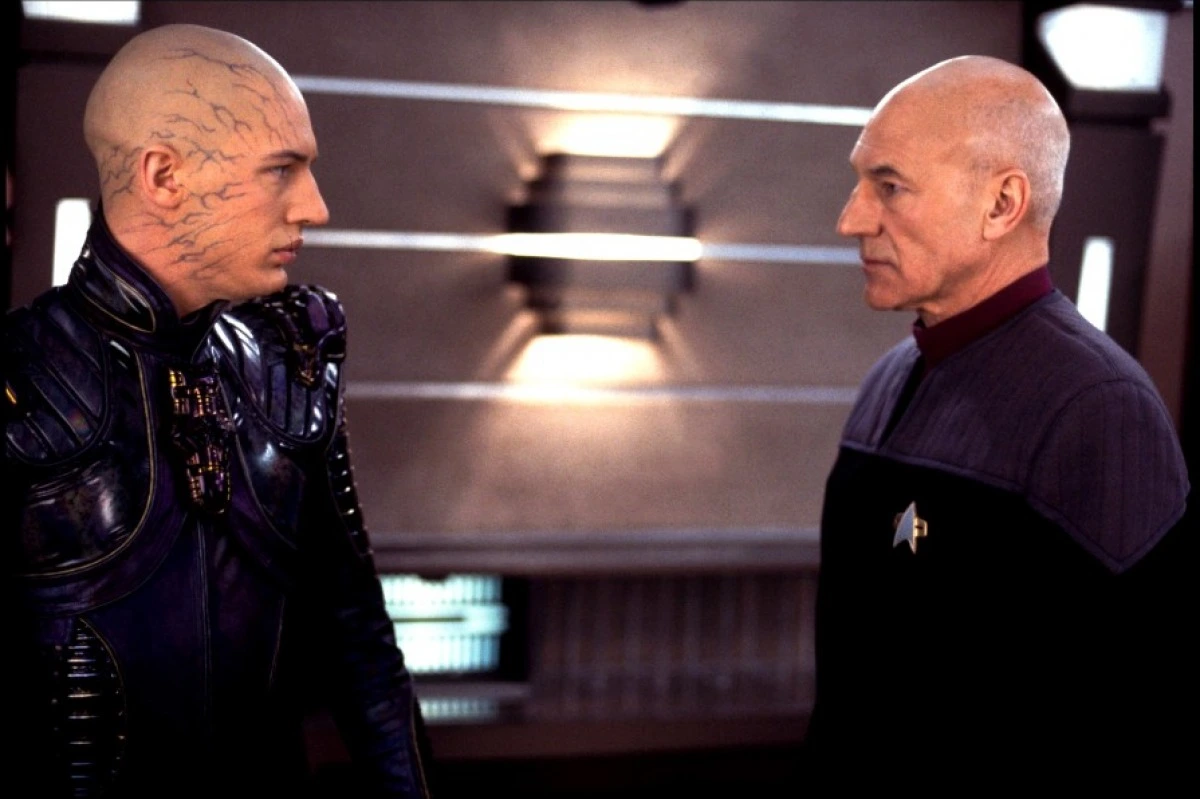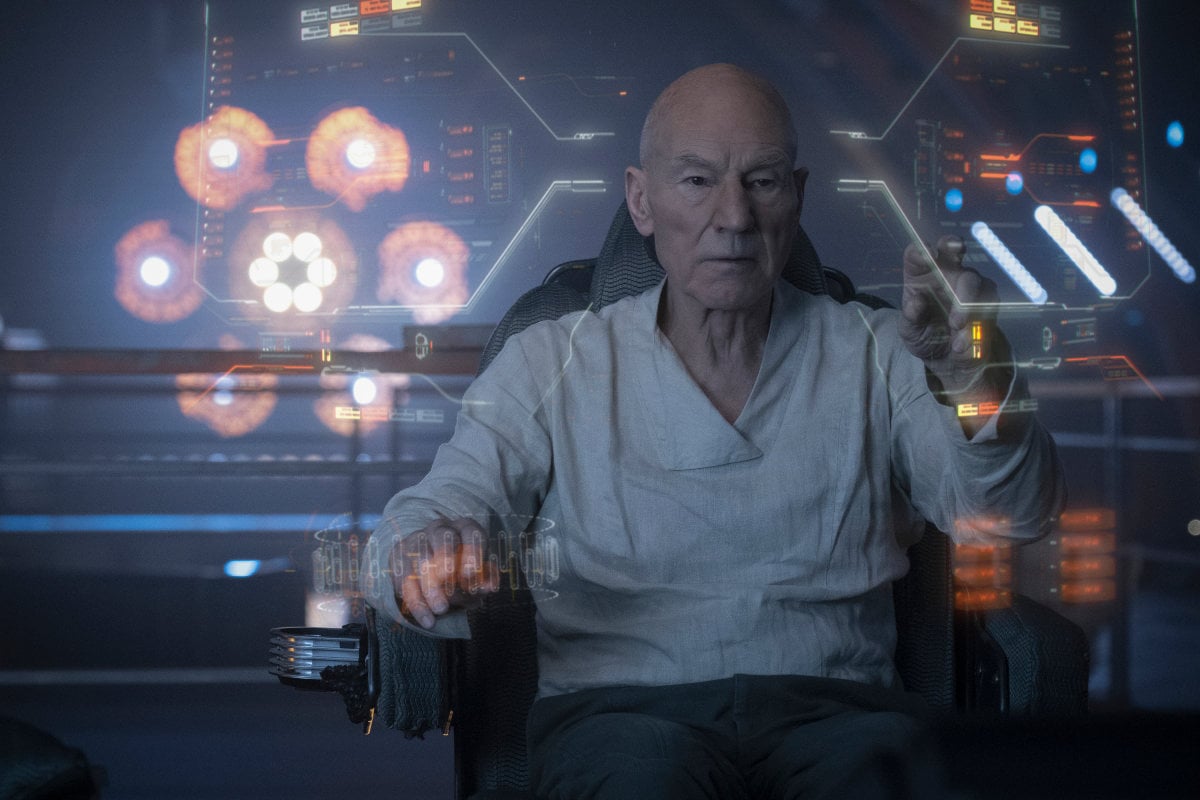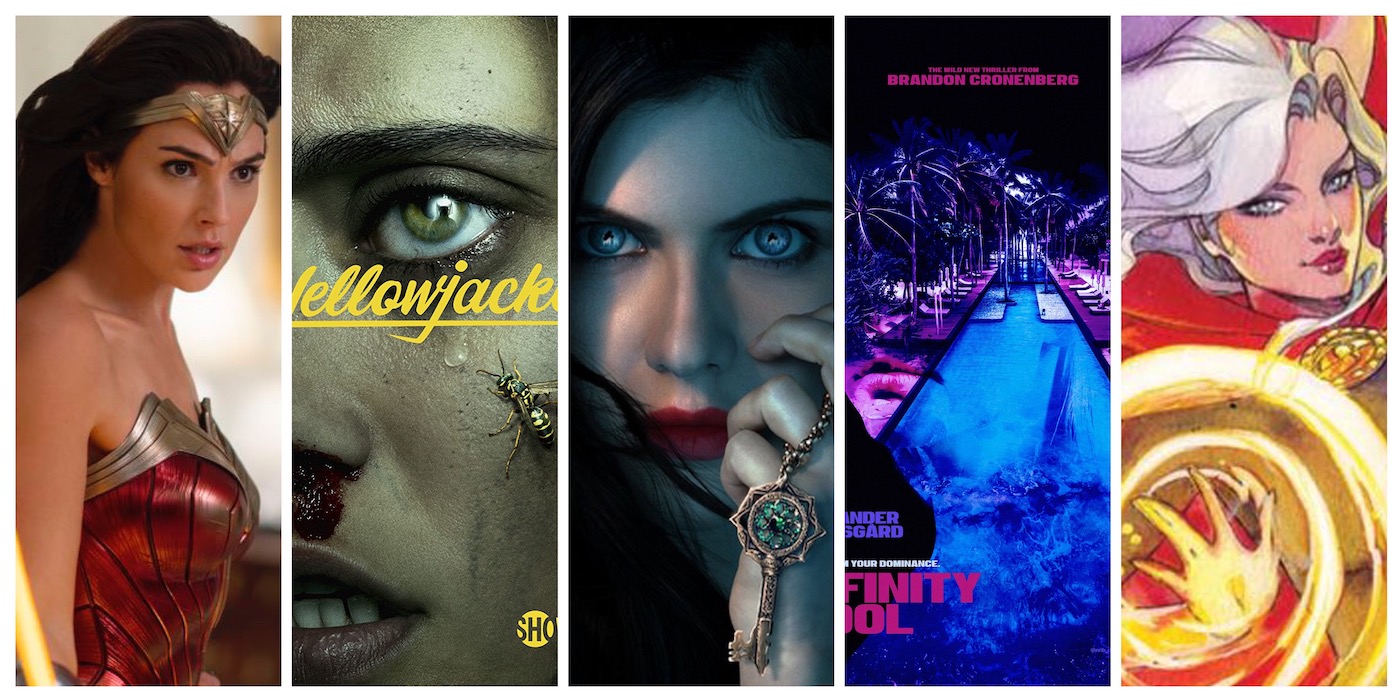‘Star Trek: Nemesis’ 20 Years Later Reveals TNG’s Biggest Flaw
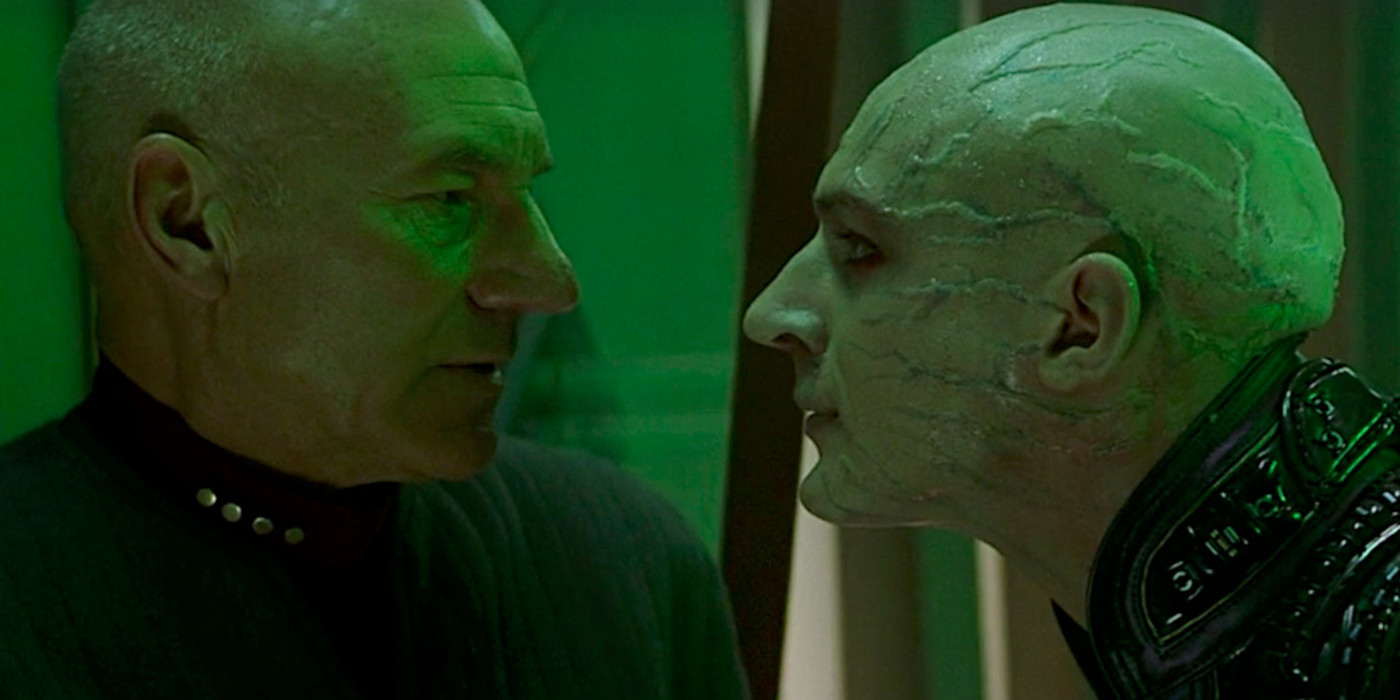

The full cast of Star Trek: The Next Generation is about to return to our screens for the first time since Star Trek: Nemesis. About that.
Star Trek: The Next Generation is, arguably, the most accessible incarnation in the franchise’s decades-long history. Something about the simplicity of the storytelling, the inherent goodness of the characters, and its episodic nature makes TNG easy to jump into and instantly appreciate.
And there’s one other thing TNG has going for it: the cast! Sir Patrick Stewart’s gravitas makes Picard the consummate captain. Brent Spiner’s perfect underacting makes Data’s search for humanity so relatable. Michael Dorn’s curmudgeonly comedic timing as Worf is equal parts intense and intensely hilarious. Gates McFadden’s warmth, Jonathan Frakes’ sly grin, Marina Sirtis’ palpable exasperation with Majel Barrett, and on and on.
However, sometimes a show’s greatest strength can also be its Achilles’ heel. Especially looking at the show’s final film adaptation Star Trek: Nemesis, you can see how great actors can be less-than-great at tinkering with the rest of production.
But before we get to the film that killed a franchise, we have to lay some important groundwork.
Star Trek: The Next Generation – A Preamble
Star Trek: The Next Generation is famously great television – once you get passed the first two seasons. The 2014 documentary Chaos on the Bridge reveals the power vacuum the series suffered through for its first two years. Putting the problem simply: everyone is at the wheel, therefore no one is at the wheel. There’s a massive power vacuum and, without structure, TNG is a house of cards perpetually collapsing in on itself.
Then, like a knight in shining armor, Michael Piller arrives to run the writer’s room for TNG beginning with season three. Almost overnight, the most hamstrung science fiction show becomes a critical darling and a fan favorite. All TNG needs to be great is clear roles and leadership.
From seasons three through six, Star Trek: The Next Generation is a landmark, appointment television. A complex cold war plays out with the Romulans. The Borg frighten us with annihilation through assimilation. Every week we see why humanity is ultimately capable of success through kindness. And even when the show gets a little silly, the cast elevates the goofiness and makes us love it anyway.
And then season seven happens.
All Good Things…
The cast of Star Trek: The Next Generation is not shy in admitting that they can be difficult to work with. In fact, if anything they are proud of it. The on-set antics of the TNG cast are, at this point, legendary. They joked on set to the point that it could become difficult to actually get work done. And the argument in favor of that silliness is that it comes across on-screen as camaraderie. Who can be mad when the cast so clearly loves one another and is having a blast?
And that can certainly be true! There’s a big qualifier here, though: the work, however, goofy things were on set, got done to an exacting standard prior to season 7. And the reason why is simple: the crew still stands on equal footing with the actors. The writer, the producers, and everyone else still wrangle enough control. It’s a balancing act.
In season seven TNG loses that balance. At this point, a lot of writers, directors, and producers are working on either Deep Space Nine or gearing up for Voyager. In fact, even the day-to-day crew for TNG becomes largely newer faces. And the TNG cast runs right over them. It’s not quite the inmates running the asylum, but there’s a reason this final season is often maligned. Just like the first two TNG seasons, there was chaos on the bridge.
And that chaos follows TNG from the small screen to the big one in catastrophic ways.
Star Trek: Nemesis
There is only one good TNG movie. That movie is not Star Trek: Nemesis. Star Trek: First Contact is The Good One and, beyond it featuring the Borg, its success can largely be attributed to the behind-the-scenes talent. Jonathan Frakes is basically the Star Trek director at this point. Plus, the script comes courtesy of veteran Trek writers Rick Berman and Brannon Braga.
Star Trek: Nemesis, by comparison, is the TNG season 7 of Trek movies. Leaving aside the “Picard has a clone who looks nothing like him and also the Romulans have slaves called ‘Remans'” of it all, what makes Star Trek: Nemesis truly terrible isn’t the stuff on screen, but the stuff behind it.
Nemesis is both written and directed by newcomers to ‘Star Trek’. On the one hand, there’s Stuart Baird in the director’s chair with very little directing experience but with a penchant for repeatedly calling Levar Burton, “Laverne”. Needless to say, the cast (who already run roughshod over new directors) do not care for Baird.
But the biggest problem is the script. John Logan is a huge Trek fan. And hot off writing Gladiator, he seems like a great get. Here’s the catch: Logan comes courtesy of his good friend Brent Spiner. And Brent Spiner has enough script involvement that he has a writing credit on the movie. And since technically Logan has protection from editors in his contract, he only has to change the script if he wants to.
Once again, what do we have? Chaos on the bridge.
An Ongoing Legacy
Let me run some story concepts by you. Picard deals with his crew moving on while encountering personal trauma. Brent Spiner plays a new, unlikeable character and Data dies. The Romulans are in disarray after a catastrophic event and there’s a new subset of them we’ve never heard of who are dangerous.
Now some behind-the-scenes stuff. Hotshot talent new to Trek comes on board. One of the core cast members is given control over the story output. A cast member from Star Trek: Voyager appears.
Are we discussing Star Trek: Nemesis? Or are we discussing Star Trek: Picard? Unfortunately, the answer is “both”. We are talking about both.
This is a formula with a proven track record of not working for Star Trek: The Next Generation. We can talk all day about poor Tom Hardy’s cringey dialogue as Shinzon. There’s plenty to say about how Picard drives a spacey-wacey dune buggy because Patrick Stewart said so. And we can have an absolute field day discussing how gross it is that Troi’s big plot is mental and implied sexual assault.
But all that misses why Star Trek: Nemesis remains relevant today — and why that is not a compliment. Star Trek: Picard has a lot of the same challenges that Star Trek: Nemesis did. Patrick Stewart only returned to play Picard provided he have a lot of creative control. Brent Spiner clearly gets some say, too. And I doubt that will stop when the rest of the TNG cast shows up next season. And the new showrunners, writers, and so on do not know how to square with that.
Result? A power vacuum. Chaos on the bridge. Every time.

